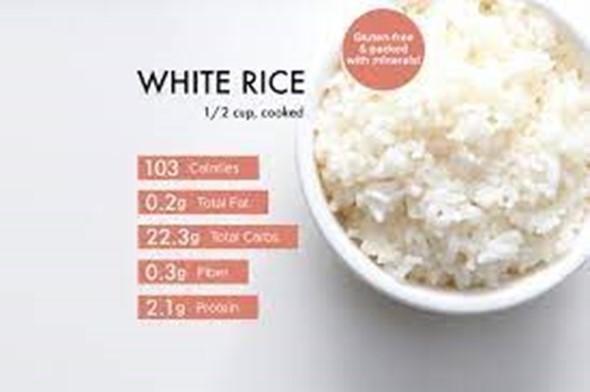A nurse is providing preoperative teaching for a client who is having a left-sided cardiac catheterization.
Which of the following information should the nurse include in the teaching?
"You will receive a general anesthetic during the procedure.".
"You should plan to remain in bed for 18 hours after the procedure.".
"You should expect a warm sensation after the injection of the contrast dye during the procedure.".
"You will have blood pressure measurements every 5 minutes for the first 2 hours after the procedure.".
The Correct Answer is C
“You should expect a warm sensation after the injection of the contrast dye during the procedure.” During cardiac catheterization, a contrast dye is injected into the body to highlight blood flow through the arteries and show blockages in the blood vessels that lead to the heart.
This can cause a warm sensation.
Choice A is incorrect because usually, patients are awake during cardiac catheterization but are given medications to help them relax.
Choice B is incorrect because recovery time for a cardiac catheterization is quick.
Choice D is incorrect because there is no information found to support this statement.
Nursing Test Bank
Naxlex Comprehensive Predictor Exams
Related Questions
Correct Answer is B
Explanation
“Monitor urinary output for retention.” Urinary retention is a common side effect of opioid use and should be monitored.
Choice A is not correct because itching can be a side effect of opioids and does not necessarily indicate an allergic reaction.
Choice C is not correct because restricting fluid intake can worsen constipation.
Choice D is not correct because antiemetics may be prescribed to manage nausea and vomiting, which are common side effects of opioids.
Correct Answer is D
Explanation

White rice is a low-potassium food that can be recommended for a client who has chronic kidney disease and must limit potassium intake.
Nonfat yogurt (choice A) contains moderate amounts of potassium and may not be the best choice for someone who needs to limit their potassium intake.
A medium baked potato with skin (choice B) is high in potassium and should be limited to a low-potassium diet.
Peanut butter (choice C) also contains moderate amounts of potassium and may not be the best choice for someone who needs to limit their potassium intake.
Whether you are a student looking to ace your exams or a practicing nurse seeking to enhance your expertise , our nursing education contents will empower you with the confidence and competence to make a difference in the lives of patients and become a respected leader in the healthcare field.
Visit Naxlex, invest in your future and unlock endless possibilities with our unparalleled nursing education contents today
Report Wrong Answer on the Current Question
Do you disagree with the answer? If yes, what is your expected answer? Explain.
Kindly be descriptive with the issue you are facing.
